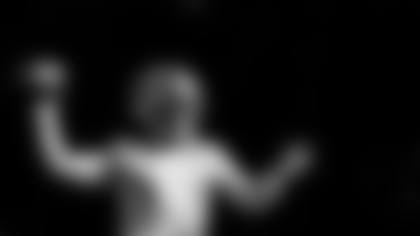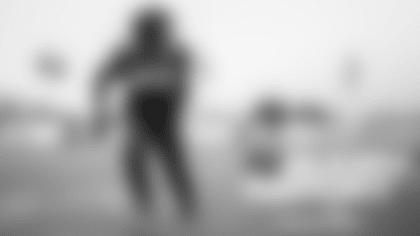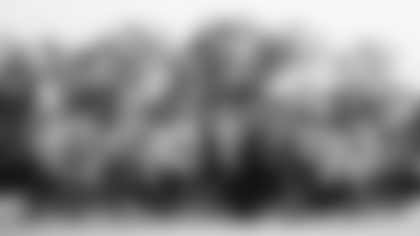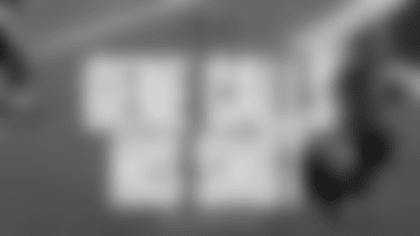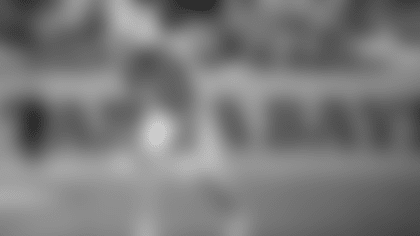Pictures of some of the Dolphins' top players.

WR DeVante Parker
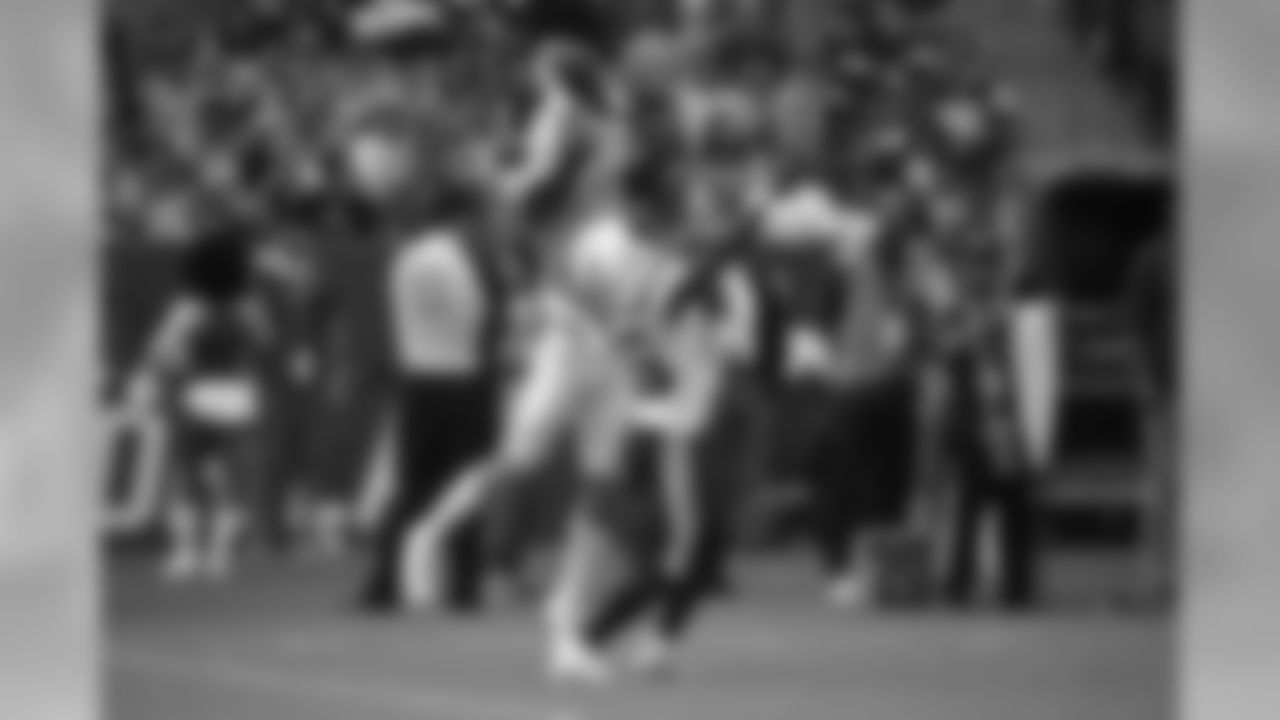
WR DeVante Parker
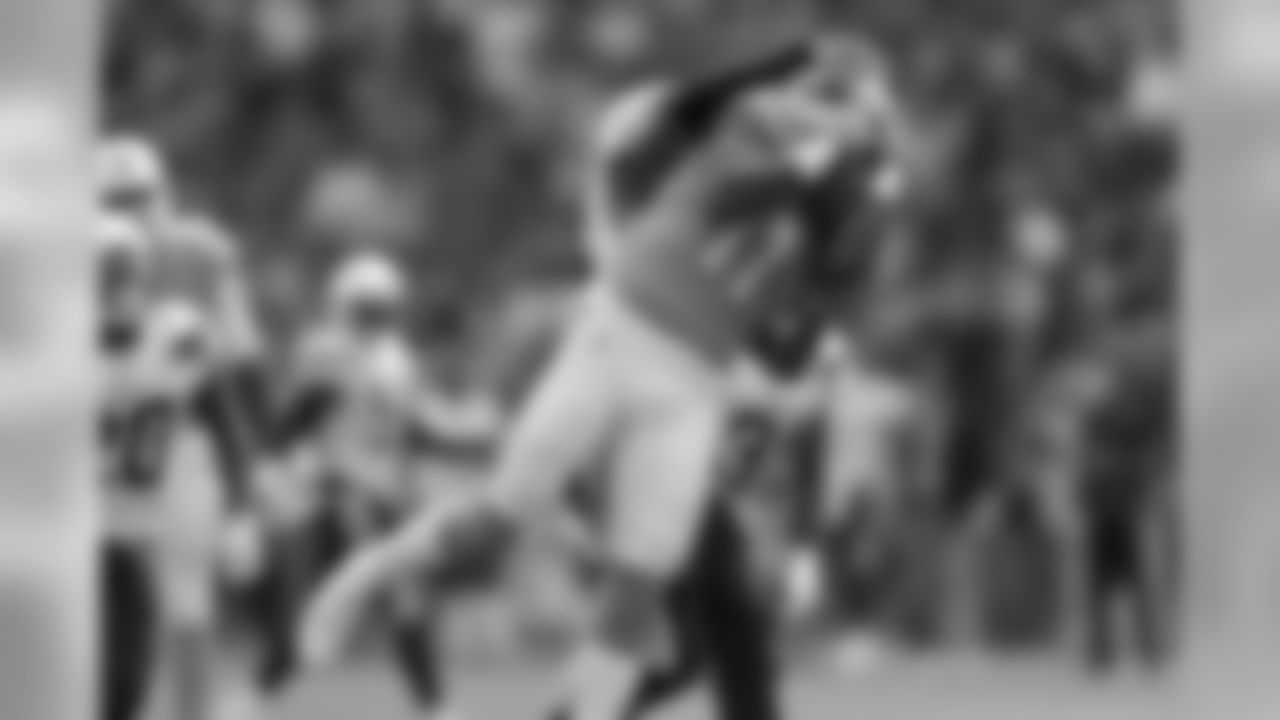
WR DeVante Parker
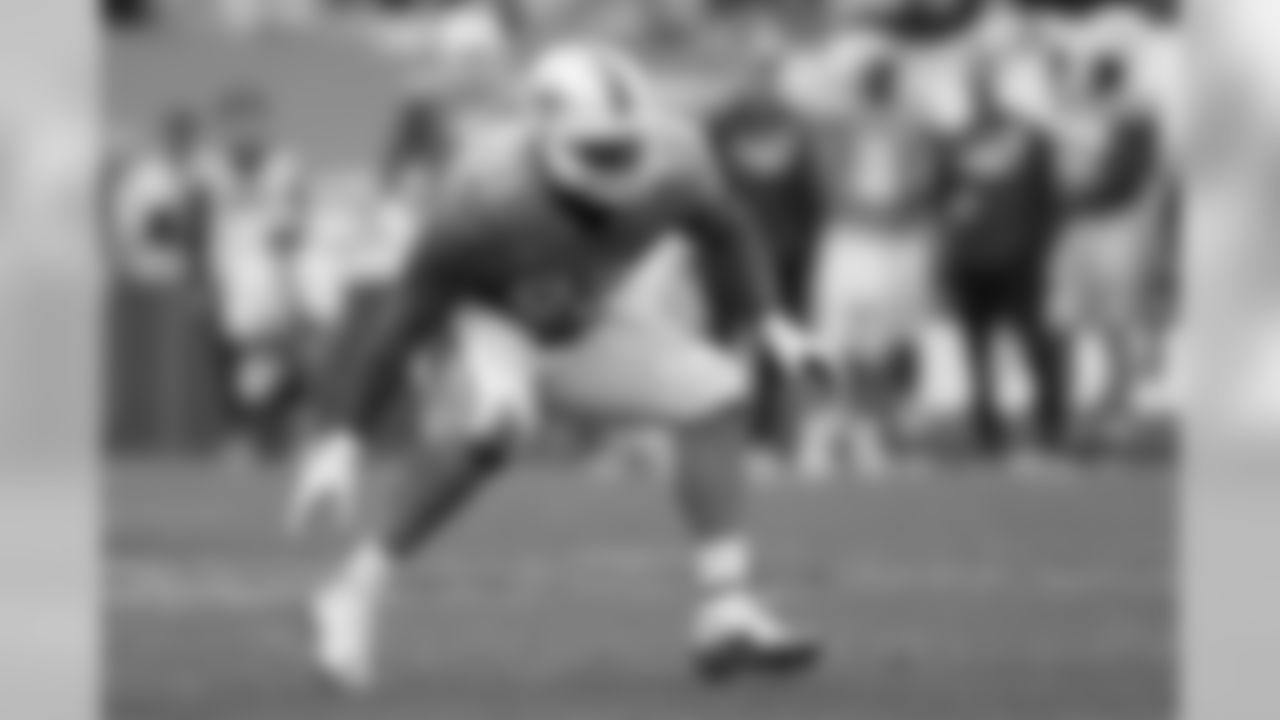
DT Ndamukong Suh

DT Ndamukong Suh
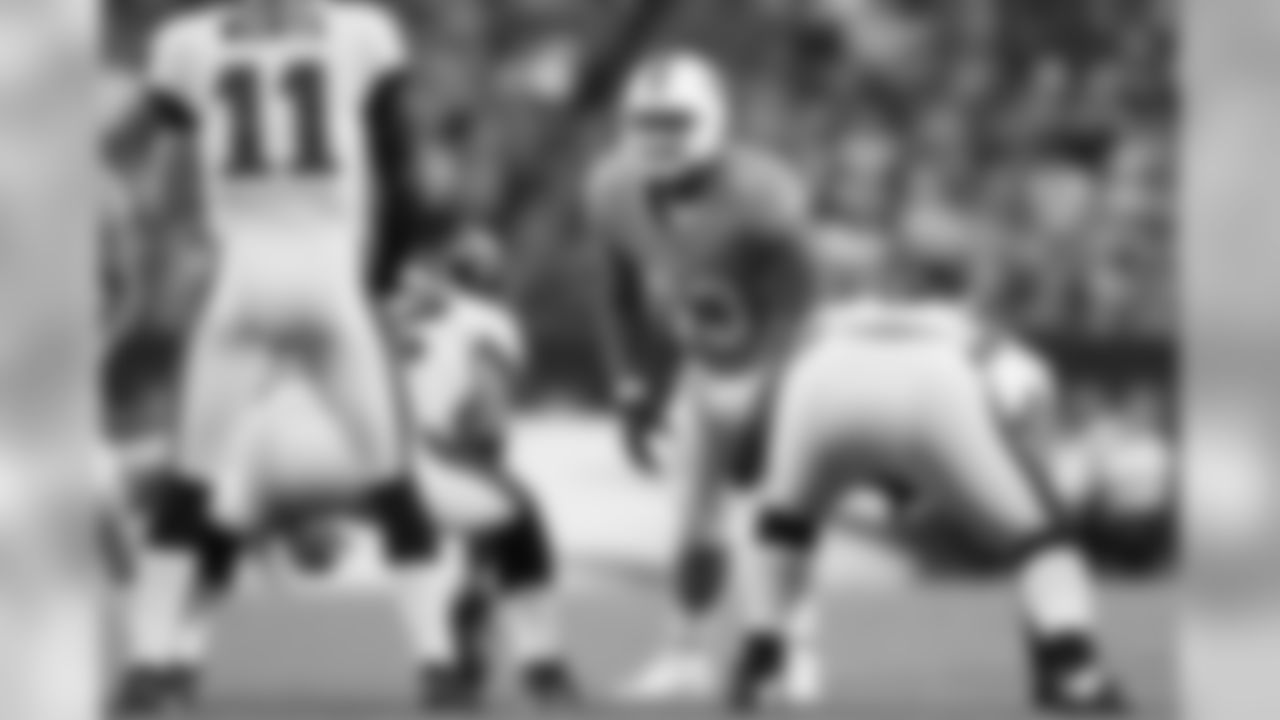
DT Ndamukong Suh
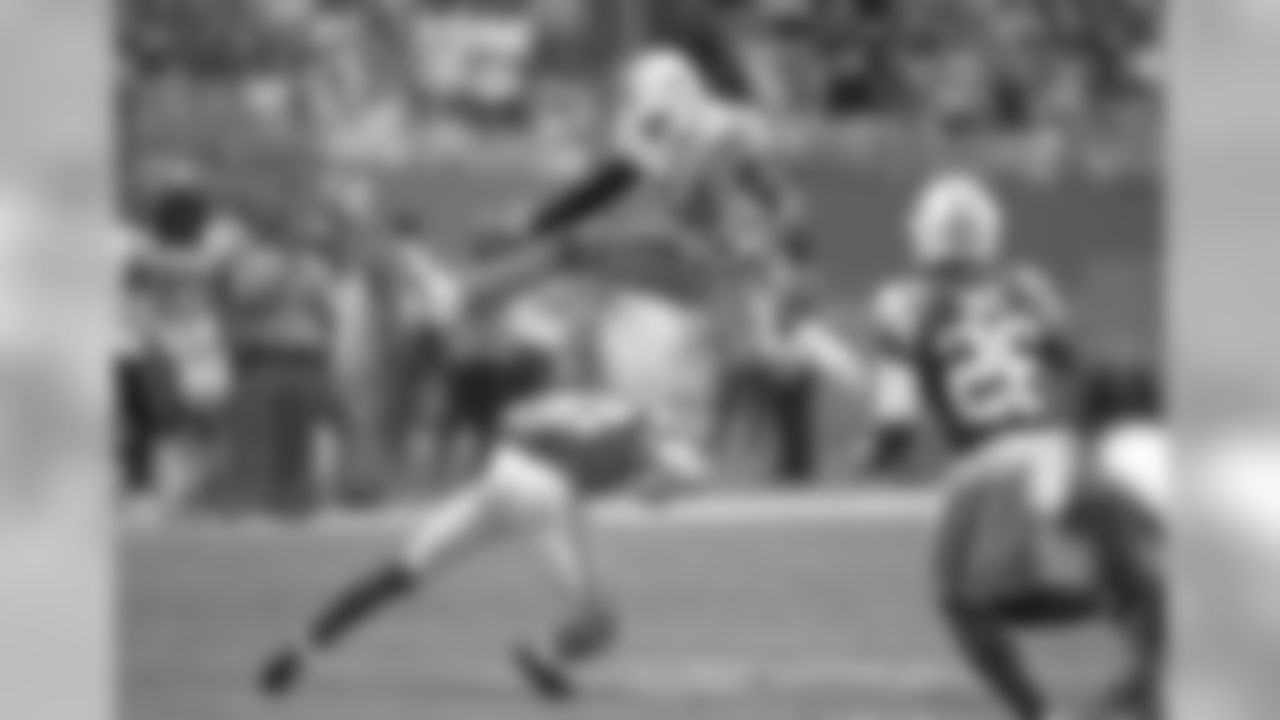
WR Jarvis Landry
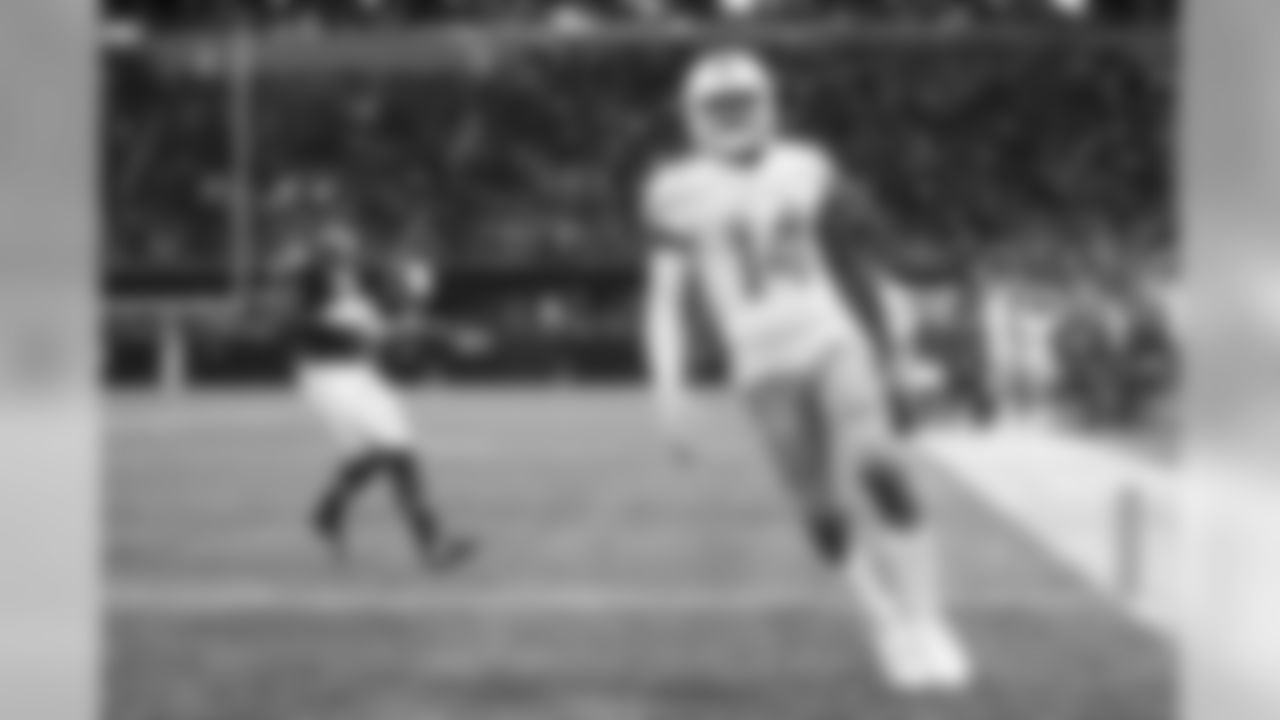
WR Jarvis Landry
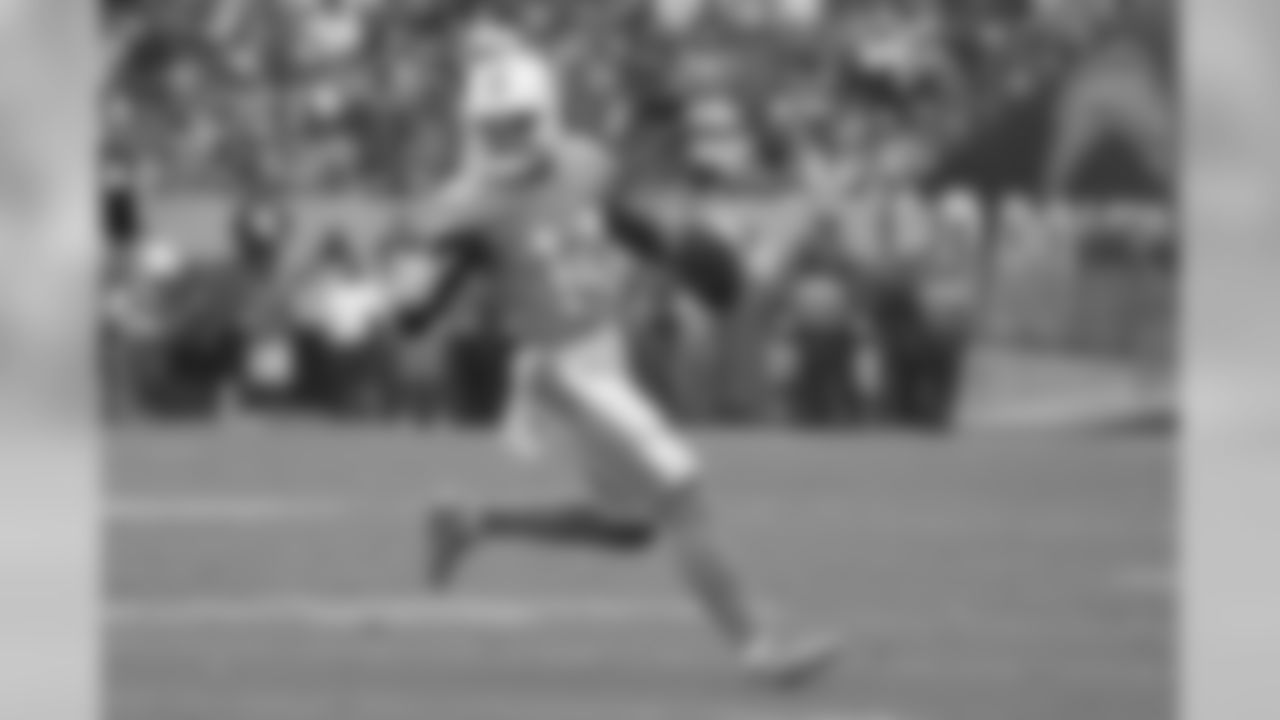
WR Jarvis Landry
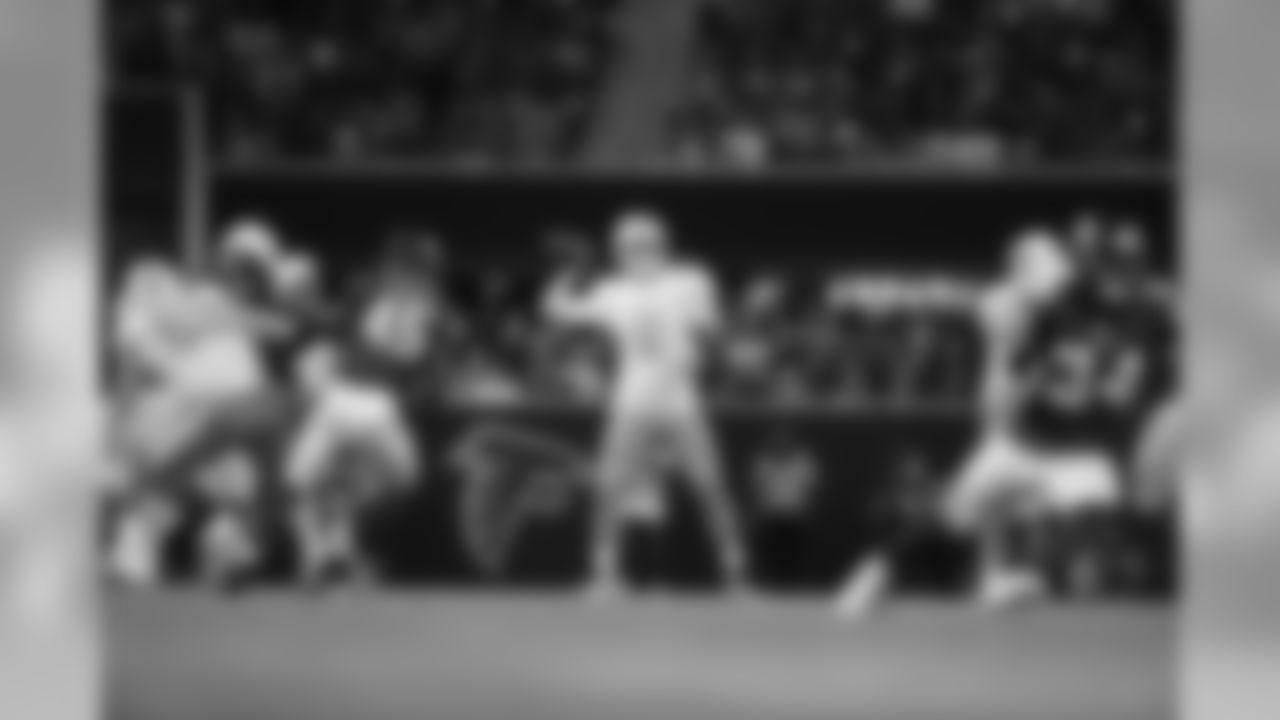
QB Jay Cutler
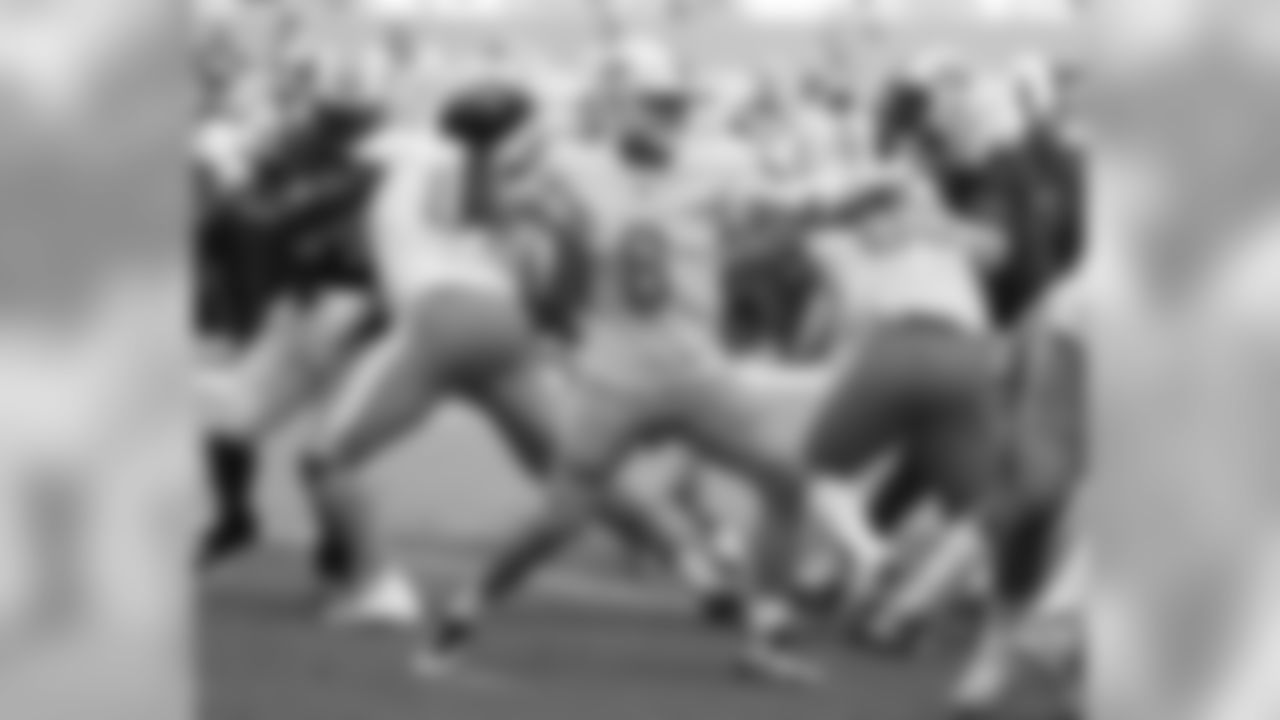
QB Jay Cutler
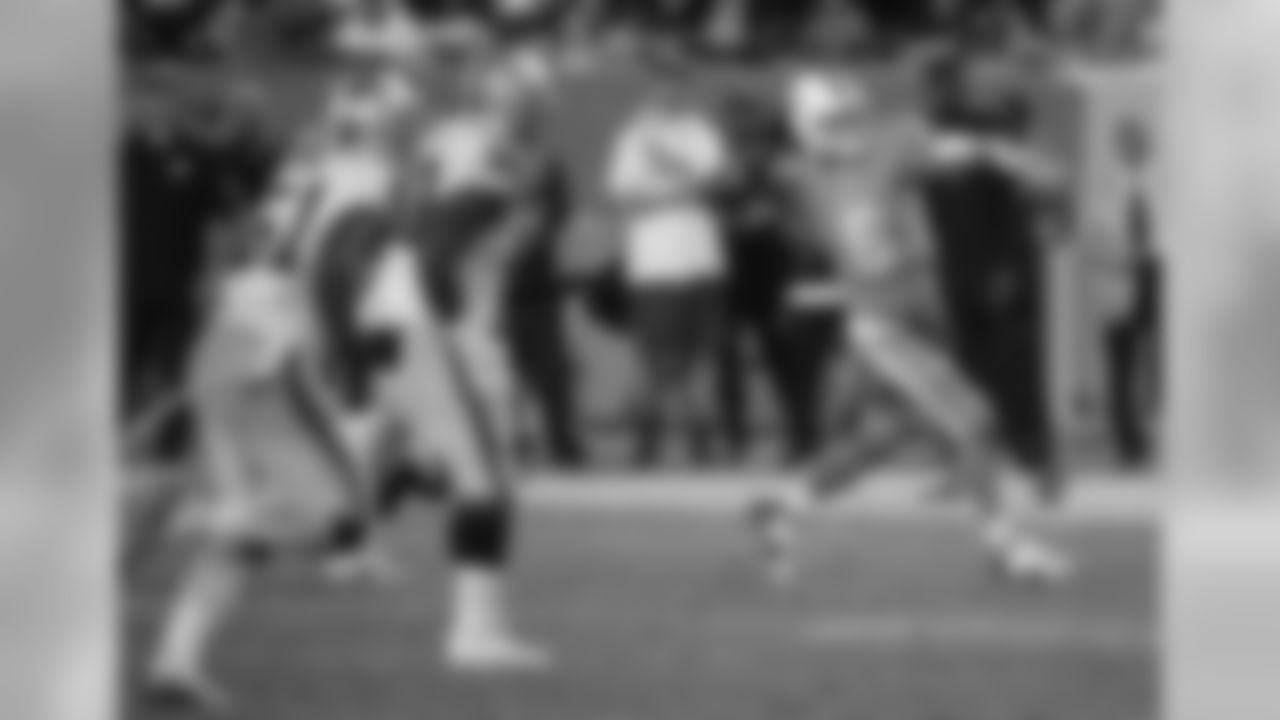
QB Jay Cutler

DE Andre Branch
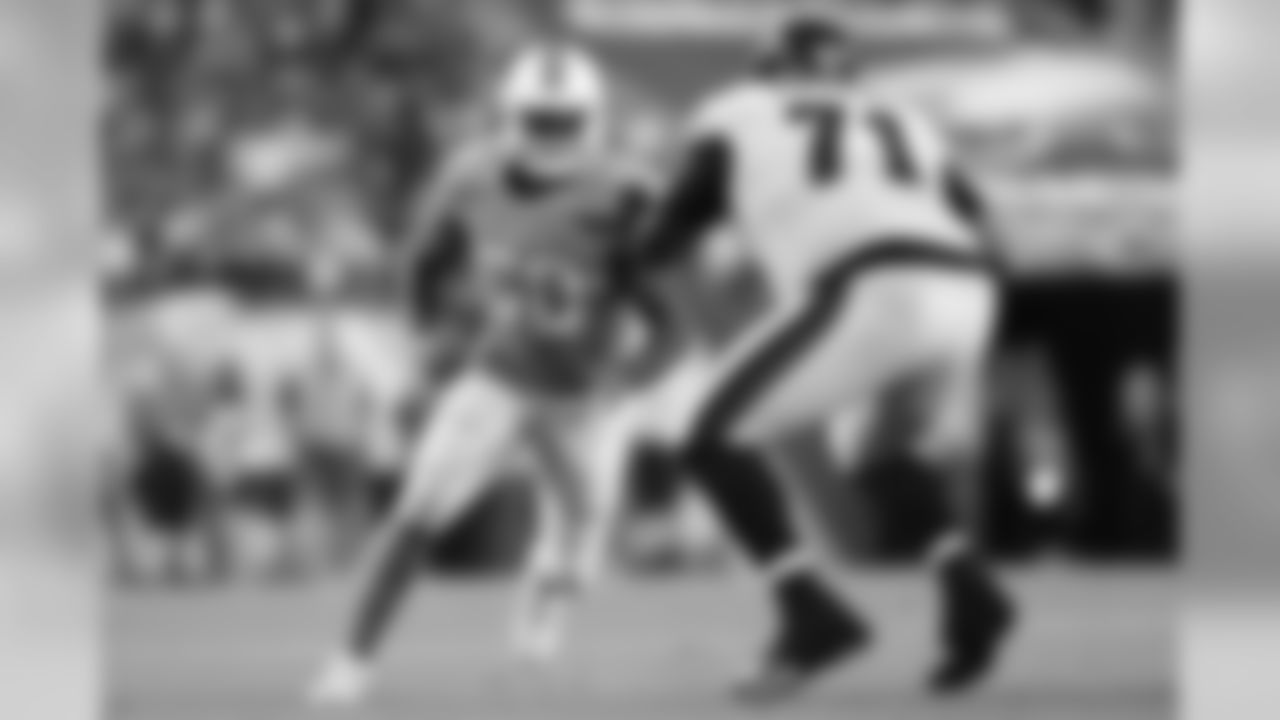
DE Andre Branch
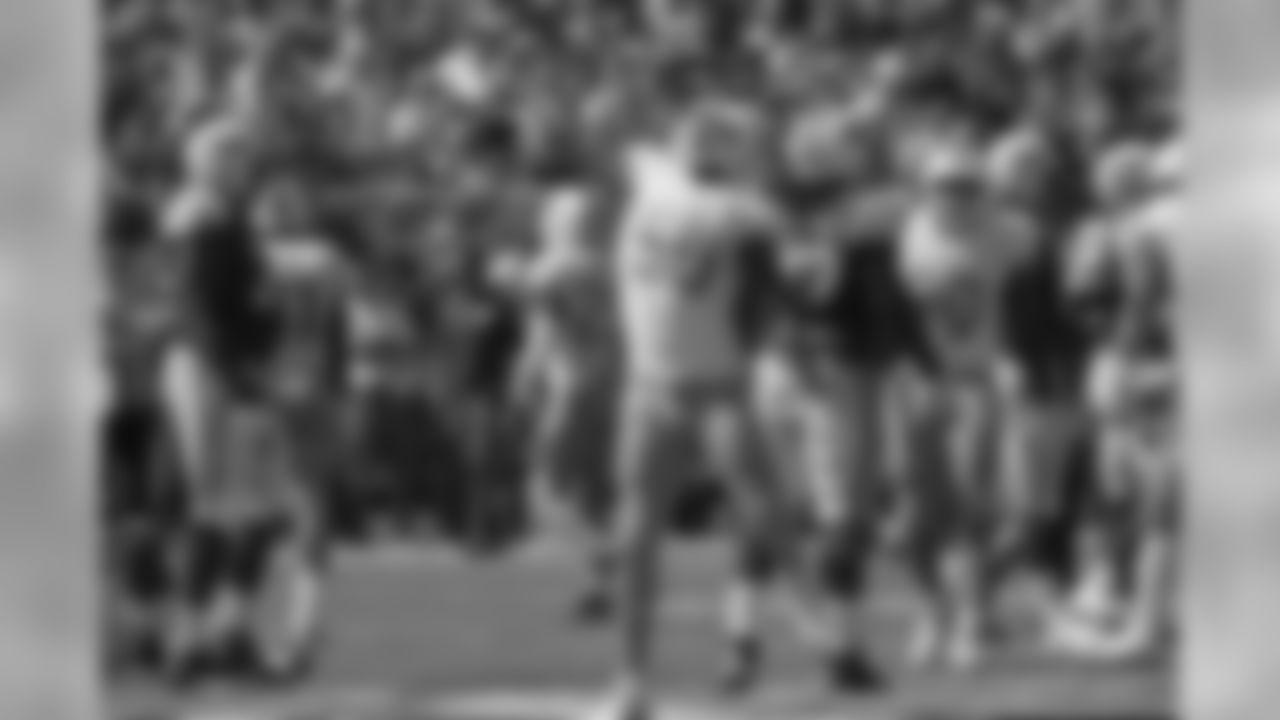
DE Andre Branch
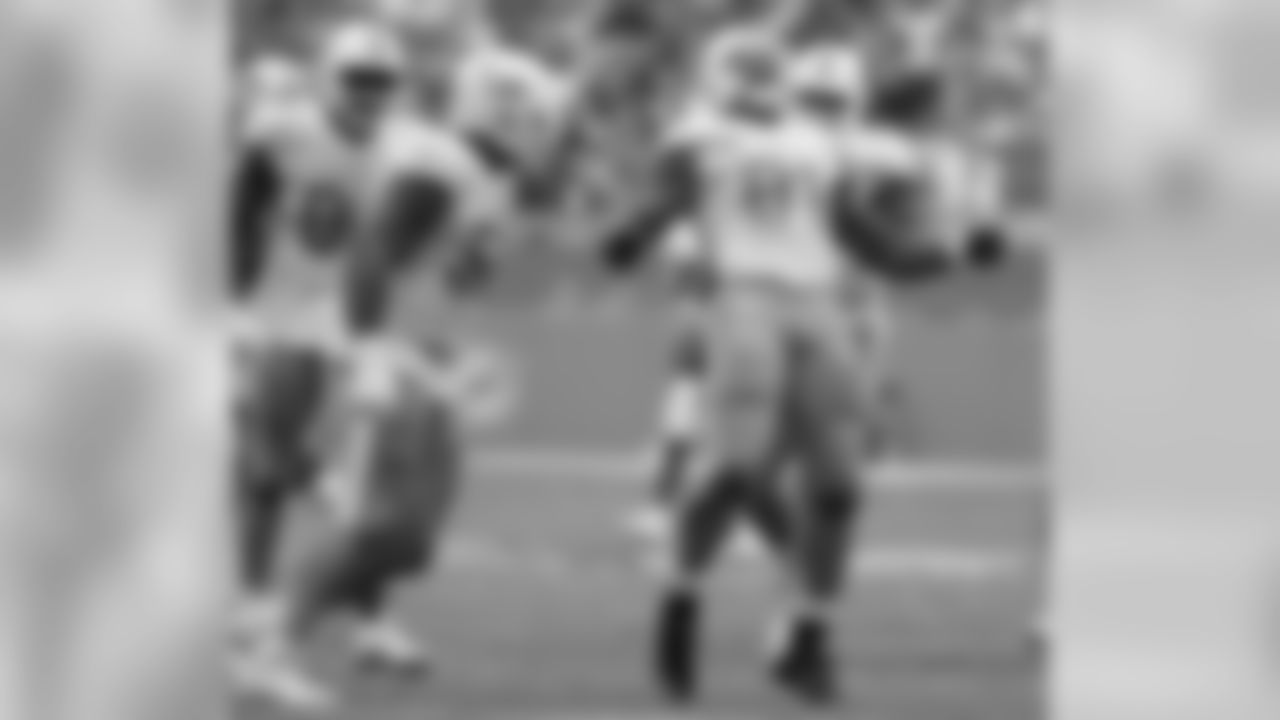
DE Cameron Wake
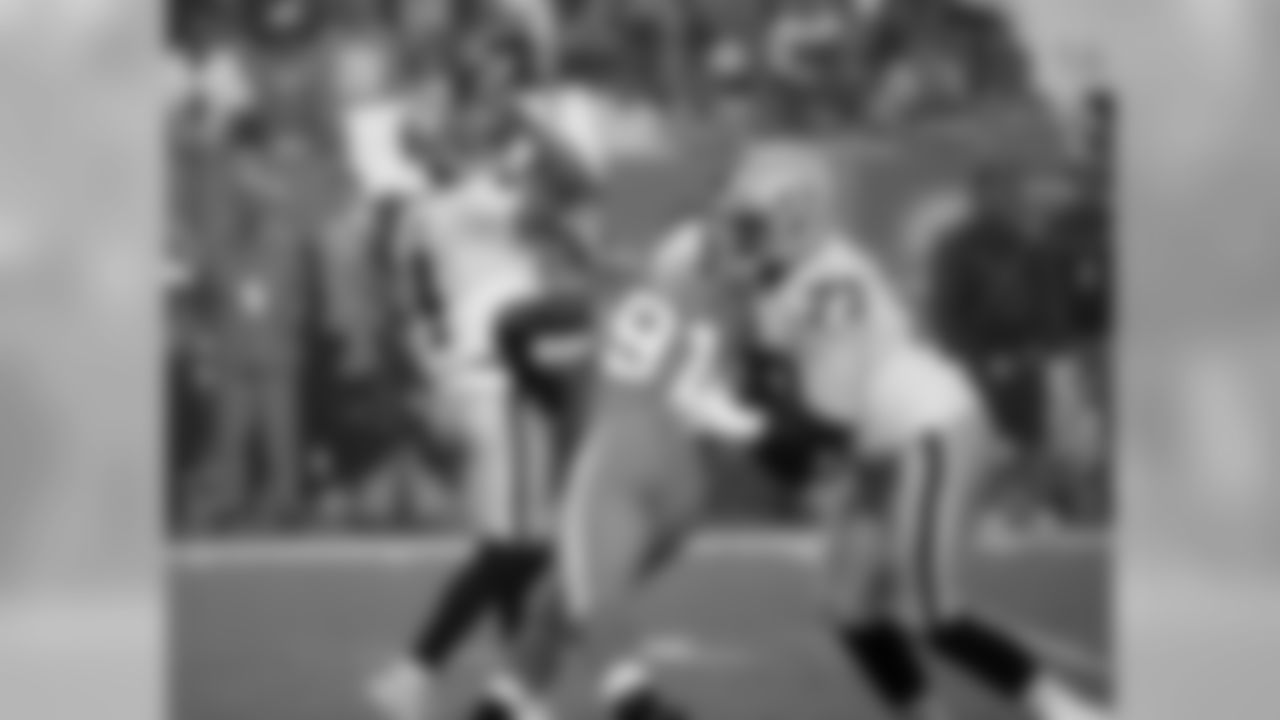
DE Cameron Wake
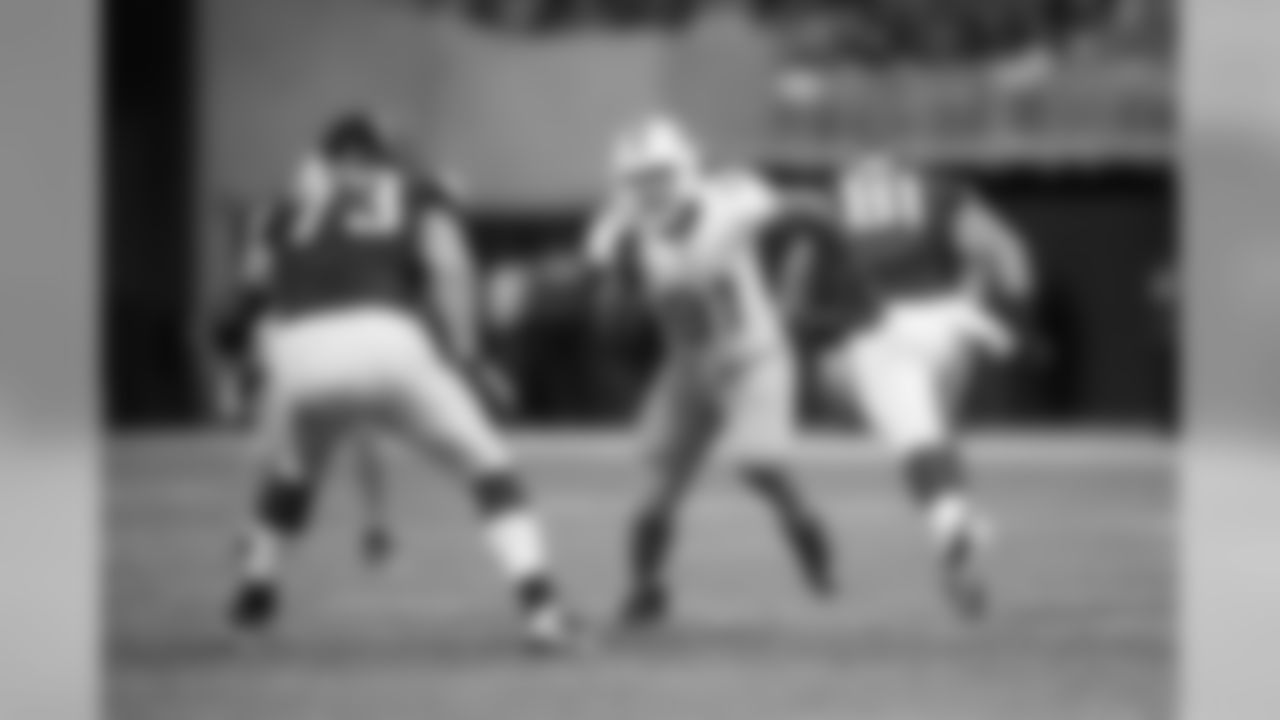
DE Cameron Wake
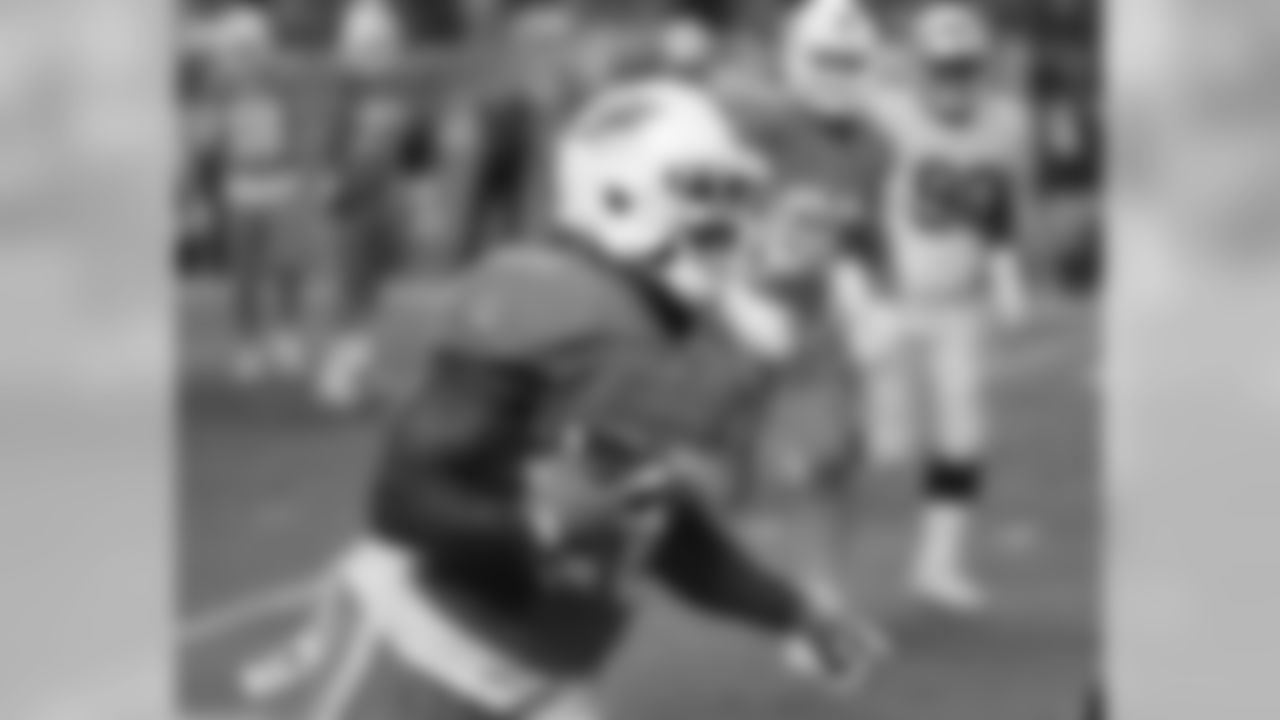
RB Damien Williams

RB Damien Williams
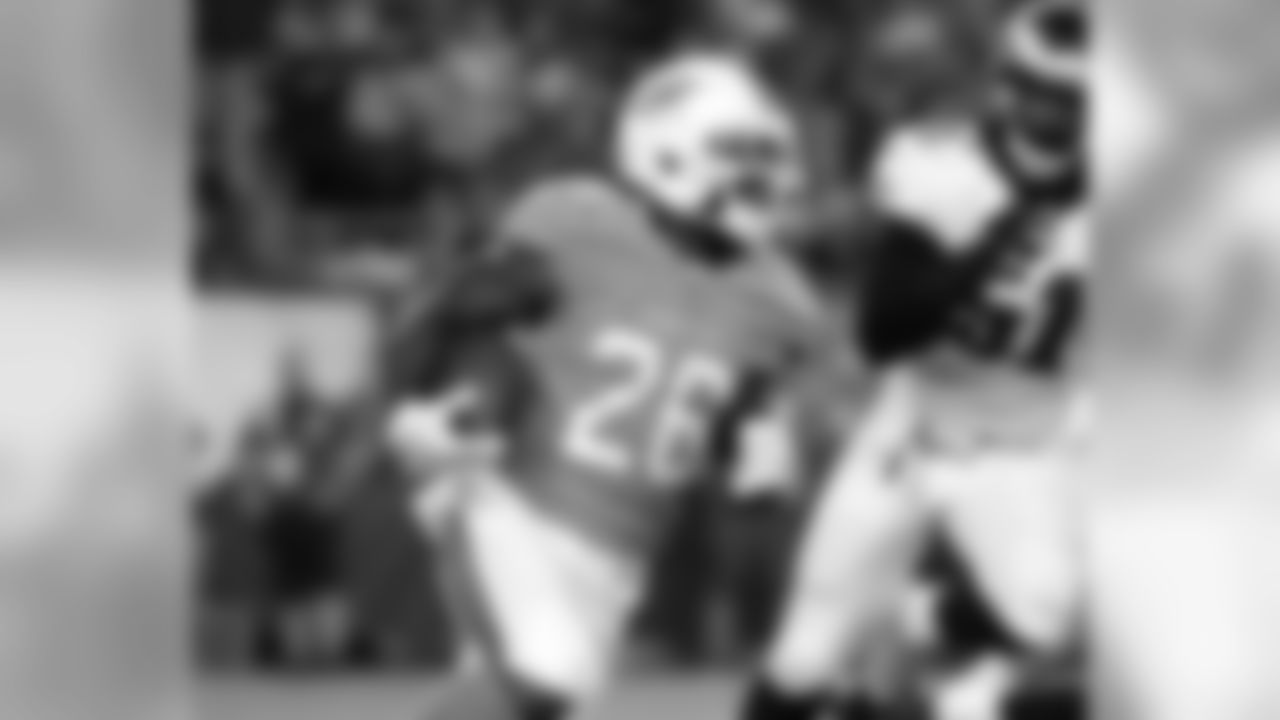
RB Damien Williams

WR Kenny Stills
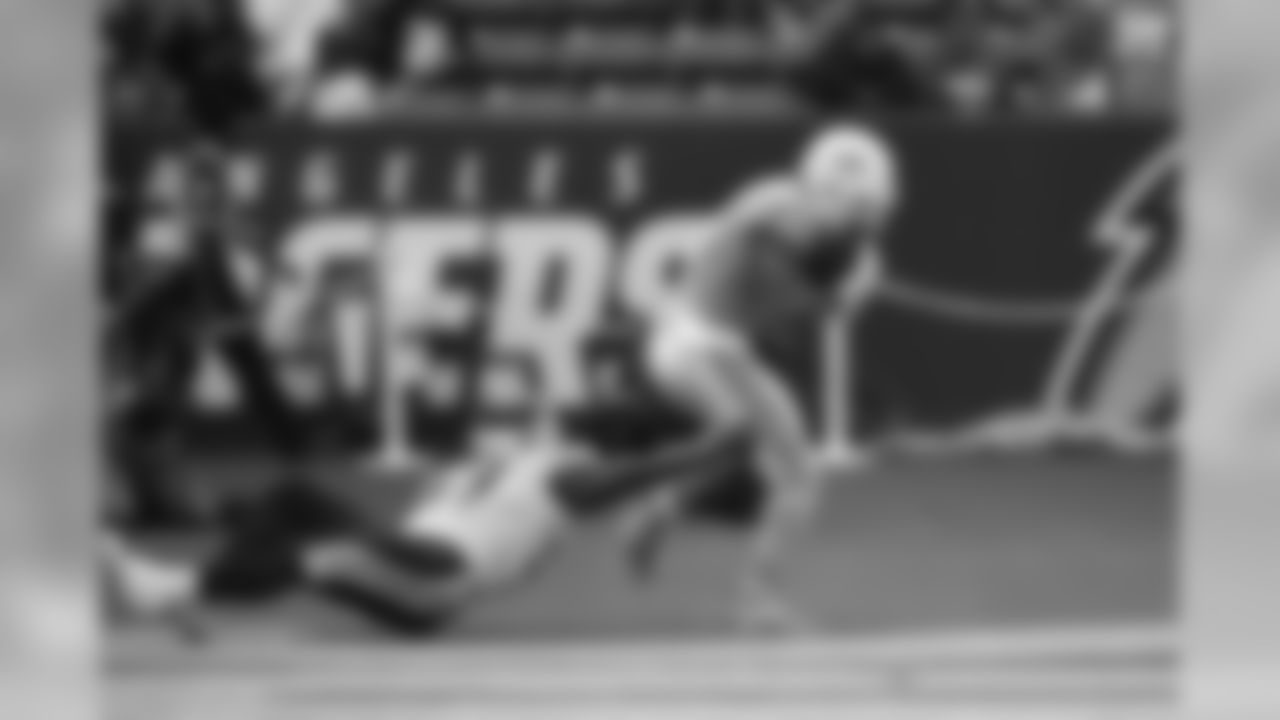
WR Kenny Stills
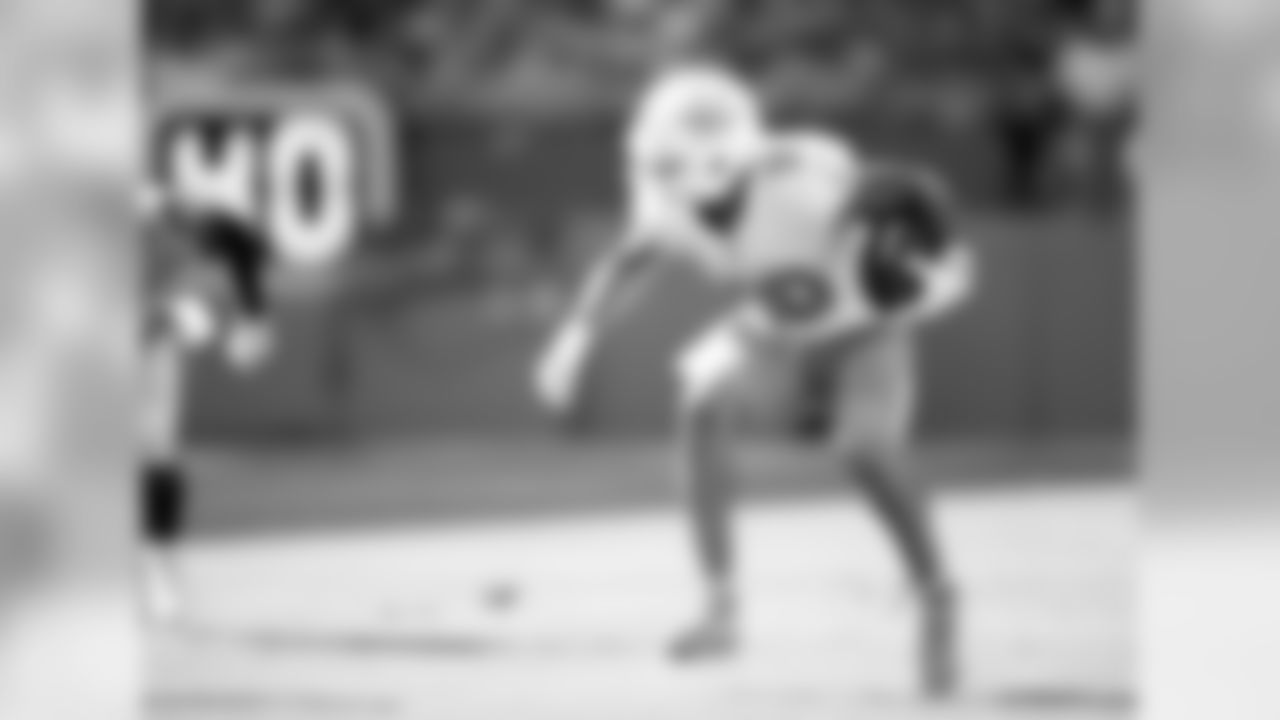
WR Kenny Stills

LB Kiko Alonso
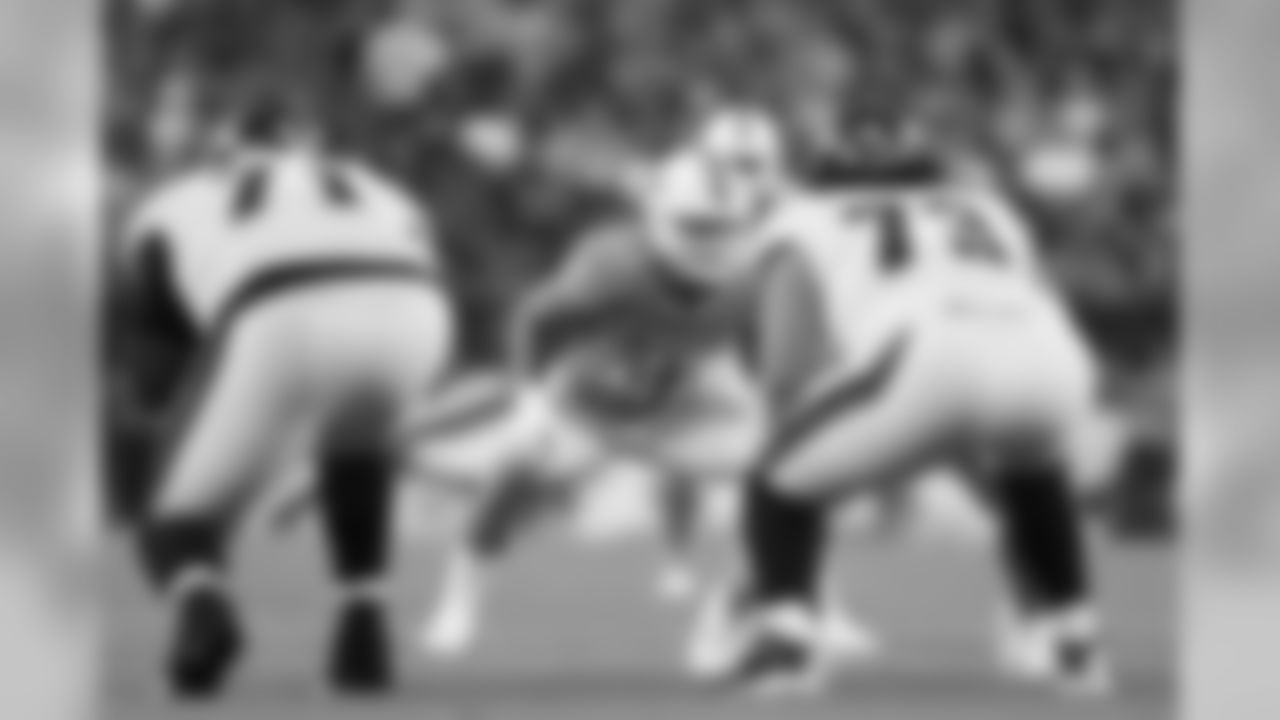
LB Kiko Alonso
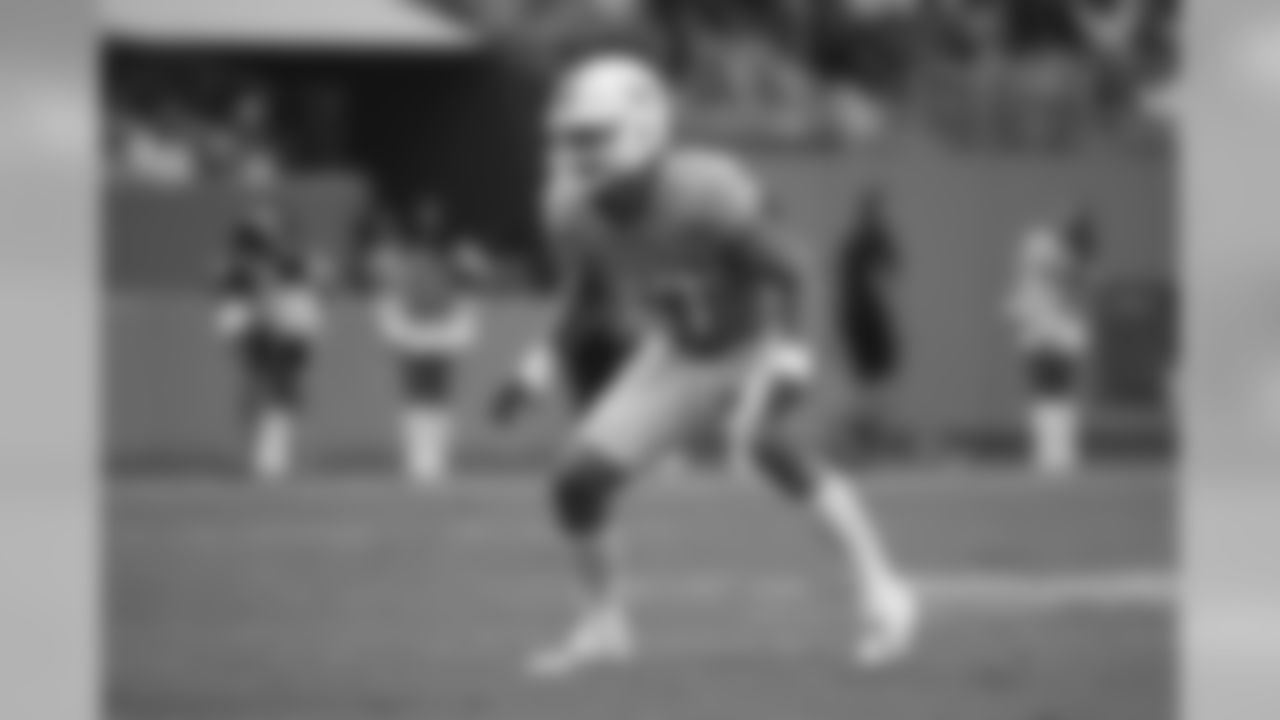
LB Kiko Alonso
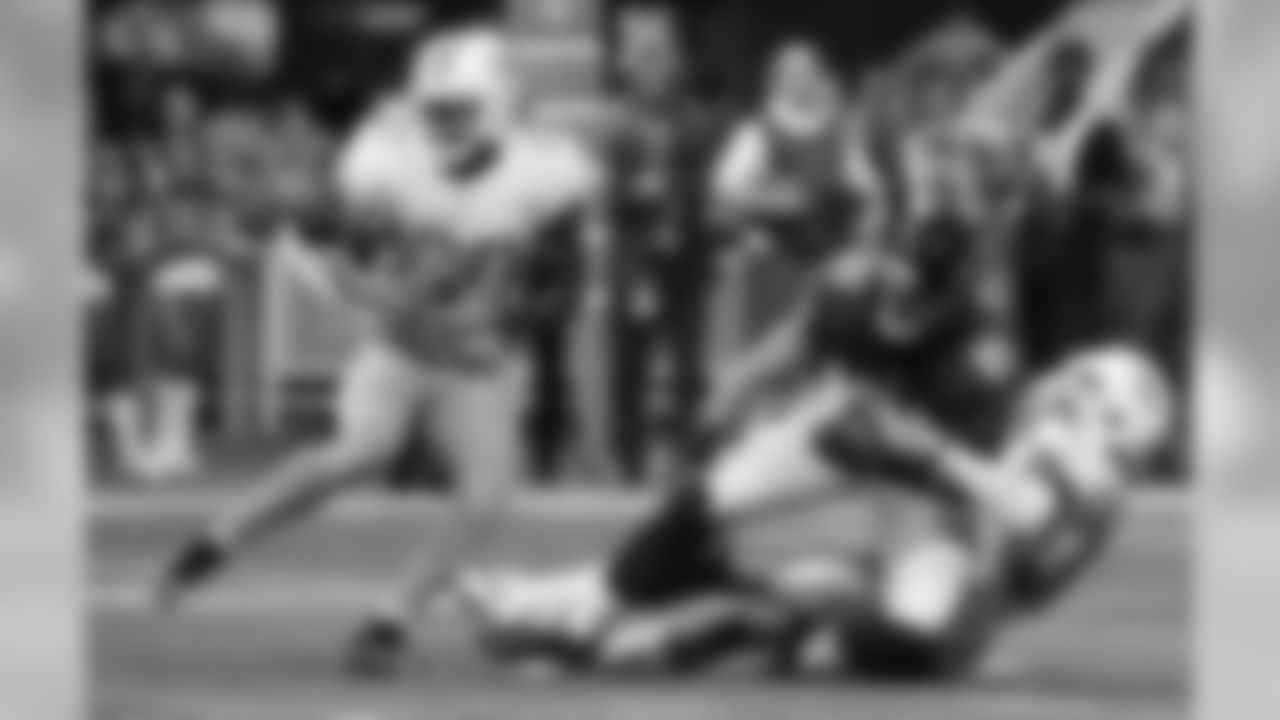
S Reshad Jones
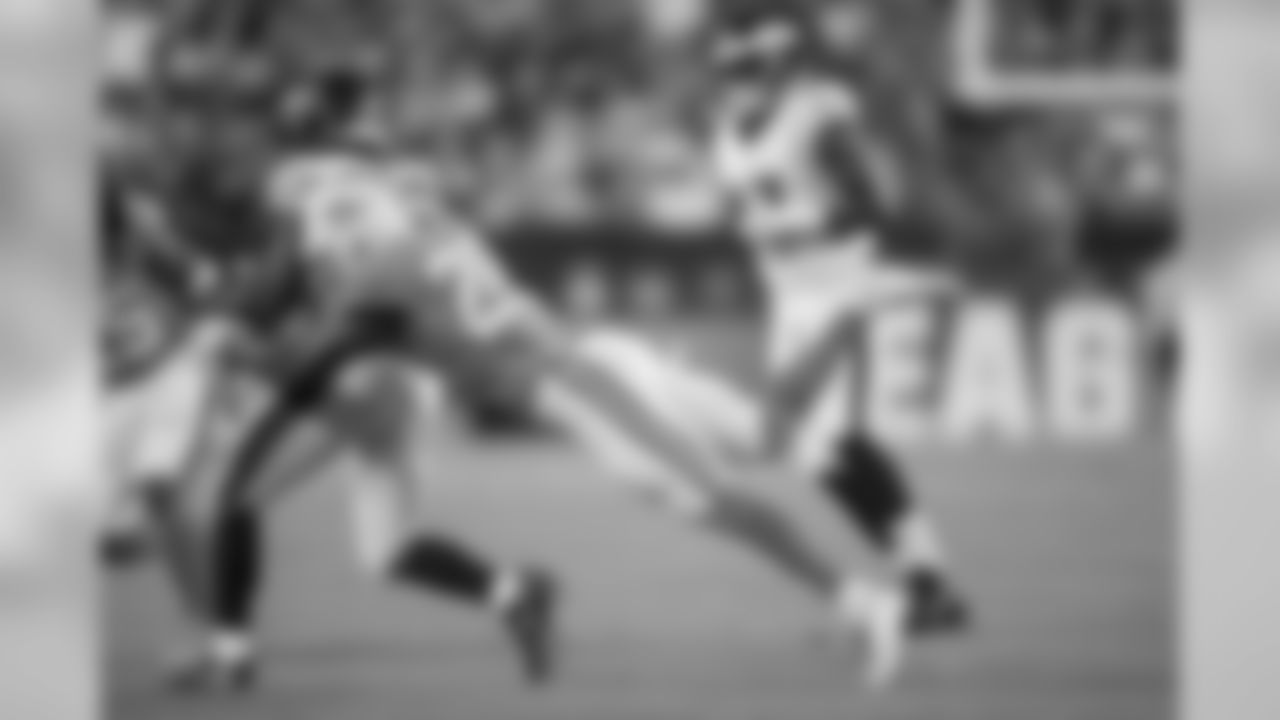
S Reshad Jones

S Reshad Jones
On Sunday, the 3-6 Tampa Bay Buccaneers will begin a three-game road swing with a trip to Miami to take on the 4-5 Miami Dolphins. It will be the 11th meeting between the two teams in a series that stands almost dead even (more on that series history). The Buccaneers snapped their own five-game losing streak last week against the Jets but will now try to extend Miami's own three-game skid.
To get a second win a row, the Buccaneers will need to keep the inside-outside duo of Ndamukong Suh and Cameron Wake away from quarterback Ryan Fitzpatrick. Tampa Bay's defense, in turn, will try to pressure veteran passer Jay Cutler into mistakes. Here's a closer look at the challenges the Buccaneers will face on Sunday when they head to Hard Rock Stadium to take on the Dolphins.
HEAD COACH

The Dolphins named Adam Gase the 12th head coach in franchise history in January of 2016 and gave him a great deal of control. At his introductory press conference, it was announced that he would have control over the 53-man roster and call plays on offense, as he did as the coordinator for the Chicago Bears. At the point of his hiring, the 37-year-old Gase was the youngest head coach in the NFL.
Part of Gase's appeal to the Dolphins was his history of getting the most out of quarterbacks, as he did with Tim Tebow and Peyton Manning in Denver and Jay Cutler in Chicago. The Dolphins were about to head into their fifth season with promising quarterback Ryan Tannehill, a former first-round draft pick. Gase's coaching influences during his 13 NFL seasons prior to landing in Miami included Steve Mariucci, Rod Marinelli, Mike Martz and John Fox.
Gase began his football career working for Nick Saban at Michigan State and LSU. He was a recruiting assistant at LSU before jumping to the NFL ranks in 2003, first as a scouting assistant for the Lions. He eventually transitioned into coaching in Detroit and by 2007 was the team's quarterbacks coach. In 2008, he followed Martz to San Francisco, and in 2009 he moved on to Denver to join Josh McDaniels' new staff as a wide receivers coach. When John Fox arrived in 2011 he promoted Gase to quarterbacks coach, and in 2013 Gase moved up to offensive coordinator. He then followed Fox to Chicago for one year before the Dolphins came calling.
OFFENSE

In 2016, the Dolphins formed their offensive identity around the passing of Tannehill, a string of big games from running back Jay Ajayi, a high volume of Jarvis Landry receptions and big plays from speedy wideout Kenny Stills. Very little of that has been duplicated in 2017 and the Dolphins have suffered for it, ranking last in the NFL in points and second-to-last in yards.
Tannehill suffered a training camp knee injury and was lost to injured reserve before the opening week, prompting Gase and the Dolphins to lure Jay Cutler out of retirement. Cutler had one of his best NFL seasons in Chicago in 2015 when Gase was the Bears' offensive coordinator. So far this year, Cutler has started seven games and produced an 86.7 passer rating on 65.3% passing, with 12 touchdowns and six interceptions. While that's nearly a career-high in completion rate for the 12th-year veteran, the Dolphins haven't gotten the ball downfield much, ranking 29th in the league in completions of 20 or more yards. When Miami throws the ball more than 20 yards in the air, the team's passer rating drops to 69.3, 22nd in the league (those numbers include one start for Matt Moore when Cutler was injured).
Jarvis Landry continues to catch footballs by the bushel; in fact, he leads the NFL with 61 receptions. That average of 6.8 receptions per game is up significantly from his 5.9 rpg mark last year when he caught 94 passes. However, Landry's yards per catch has dropped even more precipitously, from 12.1 in 2016 to 7.7 this year. Landry remains a tough, competitive, gifted runner after the catch, but the Dolphins offense has had a harder time springing him this year.
Meanwhile, Stills has seen his yards-per-catch average drop from 17.3 last year to 12.4 this year and his longest play of the year so far is 36 yards. Miami spends a lot of time in three receiver sets with Landry in the slot and Stills joined on the outside by Devante Parker. Stills and Parker have nearly identical numbers so far (around 30 catches and 400 yards each), but while Stills is the speed threat Parker is a bigger (6-3, 212), more physical target. Tight end Julius Thomas may not be putting up the huge numbers from his Denver days but he is still a very serviceable pass-catching tight end, with 25 grabs so far this year. Anthony Fasano is the superior blocking tight end of the two, however.
Overall, Miami's passing attack hasn't been too much worse than last year, dropping from 26th in the rankings in 2016 to 29th this year. The running game has cratered more dramatically, dropping from ninth in the league to 30th. The Dolphins didn't score their first rushing touchdown until this past Monday. Ajayi was ineffective, averaging 3.4 yards per carry, and eventually dropped out of the Dolphins' offensive plans altogether. His trade to Philadelphia two weeks ago put the rushing attack into the hands of the young and untested duo of Damien Williams and Kenyan Drake.
Williams arrived in 2014 as an undrafted free agent and has a career total of 361 rushing yards and a career per-carry average of 3.1. Drake is the speedier of the two backs, a third-round pick out of Alabama last year. He has just 59 career carries so far but sports an impressive 6.0 per-tote average. That was helped by his 66-yard touchdown run on Monday against the Panthers, and the Dolphins are surely looking for ways to get more big plays out of the young back.
Both Williams and Drake are good pass-catching backs. Though they have combined for just 27 receptions for 169 yards and one touchdown this season, 16 of those catches and 112 of those yards have come in the two weeks since Ajayi was traded and their combined playing time spiked.
Drake's 66-yard touchdown on Monday was obviously quite welcome, but the Dolphins had just 34 yards on their other 16 carries against Carolina. A more consistent rushing attack would help them move the chains at a better rate because Miami's poor third-down rate has been driven down by very bad results on longer attempts. The Dolphins are tied for 29th overall on third downs, with a conversion rate of 33.9%, but they are last in the league in tries of more than six yards (19.0%). As a subset of that, they are last in the league in attempts of 10 or more yards at an anemic 5.1%. When the Dolphins have managed to get their third downs in the one to three-yard range, they have been one of the best teams in the league at converting them, ranking fourth at 72.2%.
Miami's offensive line has taken some hits in recent weeks. Left guard Anthony Steen was lost to injured reserve after six games, with former undrafted free agent Jesse Davis stepping in for the next two contests. Starting right tackle Ja'Wuan James then went down in Oakland, which prompted the team to move Davis out to that edge. Fortunately, Ted Larsen, the team's original choice to start at left guard, returned from injured reserve last week just in time to step in at that spot. Miami's rushing attack is averaging 3.55 yards per carry, 28th in the league, but the Dolphins' pass protection has been fairly solid. Miami ranks ninth in the league in sacks allowed per pass play.
The best thing the Dolphins' offense has done this year is excel in the red zone. All of those third-down struggles go away when the 'Phins get inside the 20, where they convert 57.1% of the time. That's the second best mark in the NFL. That's helped Miami score touchdowns on 70.6% of their red zone drives, also second best in the league. The Dolphins are averaging 4.02 yards per play inside the 30 and 3.13 per play inside the 20, numbers that rank fifth and ninth in the league, respectively.
DEFENSE

Miami's defense has been a tale of two seasons. Through the first six weeks of the 2017 campaign, the Dolphins were ranked 11th in yards allowed per game (315.4) and third in points allowed per game (16.8). In the four games since, the Dolphins' defense ranks 23rd in yards (373.5) and 30th in points (35.0).
There have been a couple injuries involved in this slide, but not many. Starting safety Nate Allen was placed on injured reserve in Week Eight but the team had a replacement for him just two weeks later when veteran T.J. McDonald returned from a suspension and stepped right into the starting lineup. The bigger issue seems to be a sudden inability to stop the run. Miami's run defense ranked fourth in the league after six weeks, allowing 80.4 yards per game and 3.50 yards per carry. Since that time, the Dolphins have been 31st against the run, giving up 161.0 yards per game and 5.15 yards per carry.
The front line of Miami's run defense is stronger in the middle, where the dominant Ndamukong Suh often demands double-teams. Both Jordan Phillips and Davon Godchaux, who have shared starts at the other DT spot next to Suh, have also fared well against the run. The starting ends, Cameron Wake and Andre Branch, conversely, are much better at rushing the passer. According to Football Outsiders, Dolphin opponents have averaged 5.98 yards when running towards the right end and 4.01 yards when running towards the left end.
Suh, who can plug the middle and get quick penetration into the pocket, will likely be the first concern of the Bucs' blocking scheme, but Wake has been the Dolphins' best pass-rusher for most of a decade. His 87.5 sacks since 2009 leads the entire NFL in that span, and that includes a team high 6.0 this season. As a team, however, the Dolphins have recorded just 16 sacks (3.5 by Suh and 3.0 by Branch), which is tied for 26th in the NFL. That middling pass rush has likely contributed to the defense's poorer-than-average results on long third downs. While Miami is middle of the pack in stopping short and medium third downs, it is 31st when the attempt is more than six yards (33.3%) and 31st when it's more than 10 yards (28.6%).
Branch and Suh both came to the Dolphins as free agents from other teams, and that is the basic story of the starting linebacker trio, as well. Kiko Alonso arrived as part of a 2016 trade with Philadelphia, while Lawrence Timmons was an unrestricted free agency pickup in March after 10 years with Pittsburgh. The Dolphins had planned to start second-round draft pick Raekwon McMillan at middle linebacker but the rookie tore an ACL on his very first play in the Dolphins' preseason opener. That prompted the mid-August signing of Rey Maualuga, the former Bengal.
Alonso is second on the team with 59 tackles and also has four tackles for loss and two forced fumbles, while Timmons has 49 stops, four tackles for loss, two quarterback hits and two passes defensed. He was a good pass-rusher with the Steelers, generally adding three to five sacks a season, though he doesn't have one yet in Miami. The relatively advanced age of the Dolphins' linebackers may help explain why opposing tight ends have fared well against them this year. Miami has given up an average of 60.7 receiving yards per game to tight ends this year, and Oakland's Jared Cook caught eight passes for 126 yards against the Dolphins two weeks ago.
The secondary has more homegrown talent. The starting cornerback duo consists of Xavien Howard, a second-round pick in 2016, and Cordrea Tankersley, a third-round selection this year. The Dolphins started the year with Byron Maxwell – who also came over in the Alonso trade – joining Howard in the lineup, but the veteran corner lost his job to Tankersley and was eventually released. McDonald, who stepped right in and led the team with nine tackles on Monday in his first Dolphins game, used to be a Ram but fellow starting safety Reshad Jones has been a stalwart in the Miami defense since being drafted in 2010.
Jones, in fact, is Miami's leading tackler (62) and he also has two interceptions. The rest of the team combined has one pick, as the Dolphins have fewer interceptions than every team except Atlanta (two) and Oakland (zero). In 2015, Jones made the Pro Bowl after picking off five passes and scoring on two of them. He and McDonald are also big safeties who can hit and are good in run support. Former Buccaneer Alterraun Verner is part of Miami's cornerback depth, though Bobby McCain has been filling the nickel back role.
Miami's secondary may be a bit susceptible to the deep ball, however. When throwing the ball more than 20 yards in the air, opposing quarterbacks have compiled a 109.6 passer rating against the Dolphins, the fifth-worst mark in the league. That could factor into the reason that Dolphin foes have chosen to throw more frequently, at least at the beginning of games. Miami's opponents are running on just 39.1% of first-half plays, the fifth-lowest mark in the league. That changes in the second half, when those same teams have run 50.2% of the team, 28th in the NFL. That is likely the function of the Dolphins being well behind in several of their games.
As good as Miami's offense has been in the red zone, its defense has struggled in that same part of the field. Opposing teams have found the end zone on 77.3% of their red-zone incursions, the worst mark for any defense in the league. In goal-to-go situations, that mark is 93.3%, which is 31st in the NFL.
SPECIAL TEAMS

Miami's kicking game has helped its defense tremendously in the field position battle. The Dolphins don't go for the touchback as much as most teams but they do an excellent job of stopping opposing returners.
Kicker Cody Parkey has just 13 touchbacks in 31 kickoffs, which ranks 27th in the NFL, but opposing teams have started, on average, at their own 21.8-yard line after kickoffs. Opponents are averaging just 20.0 yards per kickoff return, which would indicate that Parkey is routinely dropping "mortar kicks" very close to the goal line. Miami's punt coverage has been good, too, with a return average allowed of 7.5 yards. The top cover men have been safety Michael Thomas and linebacker Mike Hull.
Parkey, in his first year in Miami after two with the Eagles and one with the Browns, has been better on field goals than extra points so far this season, though he hasn't had a huge volume of attempts at either. Parkey has missed just once in 10 field goal tires, that one a 50-yarder against Baltimore. He's seven-of-seven in the 30 to 49-yard range. However, Parkey has missed three of his 12 extra point tries so far this year.
Both halves of the Dolphins' kicking duo are new to the team in 2017. Arizona State rookie Matt Haack was signed as an undrafted free agent to compete with incumbent Matt Darr, and Haack won the job. He's averaging 45.0 gross yards and 40.6 net yards per punt, which rank 22nd and 20th in the NFL, respectively.
While holding opposing returners in check, Miami hasn't gotten much out of its own return game. Jakeem Grant and Jarvis Landry have combined for a 6.4-yard average on 22 punt returns. Three different players have tried their hand on kickoff returns but none is averaging more than 22.6 yards per try.





